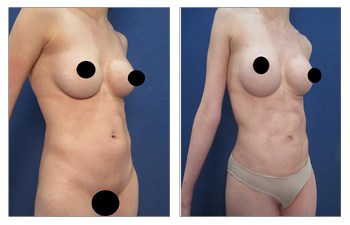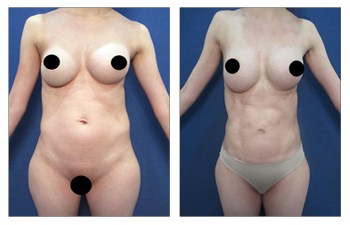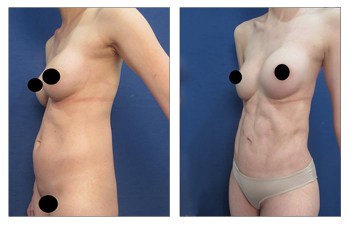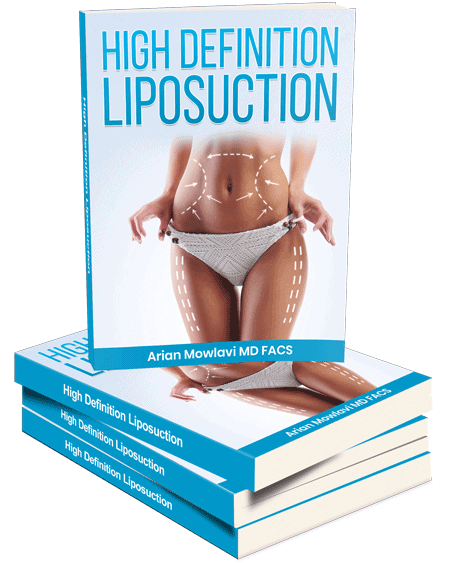



Download Our Surgical Team’s free Liposuction eBook
Liposuction risks are multi-fold and range from minor side effects to major catastrophes. Undergoing surgery is a very important decision that requires understanding the risks and benefits possible.
Obviously removal of fat can allow patients to drastically improve their outer appearance and lead to improved self-confidence.
However, several liposuction risks should be discussed:
- Permanent numbness or hypersensitivity. Liposuction requires the use of a cannula with holes in the tip that is used to literally suction out the fat. Proper liposuction requires uniform removal of fat from a region that can only be achieved by cross-hatching.
This is a process of removing fat using multiple approaches so that a specific area is treated as evenly as possible. In doing so, sensory nerves in the region can be irritated an even severed. This will result in temporary hypersensitivity or even numbness. - Hematoma. Since liposuction requires the use of cannulas that are forced through the layers under your skin to pierce through and retrieve your fat, small and medium blood vessels that traverse the fat layers can be injured.
If injured, blood can leak out and cause small or medium lakes of blood, called a hematoma. This liposuction risk may be treated with aspiration using a needle especially if skin compromise is detected from the pressure created by the expanding lake of blood. - Skin compromise. Skin compromise may occur following liposuction as the layer under the skin must be crosshatched with fat removing cannulas to ensure uniform removal of the fat. When performing comprehensive fat removal, vascular structures (arteries and veins) can be injured to the point that small areas of skin may lose their vascular source.
This liposuction risk can be minimized avoiding smoking preoperatively and postoperatively. This liposuction risk can be reduced by using Vaser liposuction which is gentler on the tissues. In addition, when skin compromise is detected early, the nitro paste can be applied topically to encourage increased blood flow to the region and avoid possible skin death. - Lidocaine toxicity. Lidocaine toxicity may occur if too much lidocaine is used during the liposuction procedure. Lidocaine is an essential element of a tumescent solution which is the solution that is infiltrated into the fat layers prior to them being suctioned.
If too much fluid is used (safe infiltration volumes are kept to <5L), then there is a possibility of Lidocaine toxicity. Symptoms of lidocaine toxicity include numbness around the mouth or tongue, a metallic taste, dizziness, visual or auditory distortion, disorientation, and/or drowsiness. - Injury to deeper structures. Since cannulas are used to forcibly remove fat, there is a theoretical risk to injury to deeper structures that could be detrimental. These include larger vessels, the diaphragm, organs, or intestinal structures.
- Pulmonary embolism. Pulmonary embolism refers to the clogging of the major arteries and veins that supply the lungs. This can occur from fat cells that enter into the bloodstream and then travel up to the lung vessels where they may get wedged and clog blood supply to the lungs. This can be a detrimental liposuction risk and lead to death. This liposuction risk is increased in incidence in patients undergoing simultaneous liposuction with fat transfer to the buttocks.
It goes without saying that caution should be taken to avoid any liposuction risks as we do with all surgical risks.
This is a 39-year-old female following abdominal etching and VASER liposuction of the flanks, lower back, left breast medial pole tightening, right central pole tightening, right breast fat grafting of the back and breast.


